Integral is a sustainable and state-of-the-art spinning and garment manufacturing plant. Located near scenic Guilin in China’s Guangxi Province, Integral is situated in a wetland area that was once the site of a brick factory. Damaged by the brick-manufacturing activities, the original wetland was in poor shape. The architects sought to rehabilitate the land and turn a spoiled former manufacturing area into a new type of conservation-led development.
In the past, textile and garment manufacturing was regarded as a traditional, low-tech processing industry characterized by stark, functional factory buildings and emissions of pollution. Integral’s design is a world away from this old perception; instead, it is a place where people, technology, and the natural environment can exist in harmony. Although manufacturing is still the focus of Integral, the project also includes a botanical garden with natural dye crops, as well as a wetland and eco-tourism functions, including an experience and learning center that showcases how traditional labor-intensive manufacturing has been transformed by technology into a technologically advanced process that respects workers and embraces local culture.
The design of Integral began with studies of the site’s topography and geology. The history and culture of Guilin were also respected, as were the area’s unique landscape features and contexts – reflection, layering, colors, and textures. All these elements are tactfully revealed in the building’s massing and envelope design. Next, the design team began restoring the original wetland landscape. Even before ground was broken, this over-exploited site was intentionally left alone for a year to allow nature to begin restoring itself. When new plant life sprouted and flocks of egrets arrived, it marked the true beginning of the project.
The guiding design principle was to retain as much of the site’s ecology as possible, including the bamboo groves, fishponds, and wetlands to the north side of the site. The team placed the larger building blocks on the expansive dry area at the site’s south side, a place that had been degraded by the old factory’s excavation activities. The largest left-over excavated pit was restored to a natural water body, with small-sized staff dining facilities situated along the lakeshore, designed to echo the design of the buildings to the south yet remain in harmony with the lake.
The highest point of Integral is only 22 meters in elevation. The design intentionally extended the main building horizontally instead of vertically, seamlessly integrating the large production workshop and craft center with the natural environment. In turn, this makes the site’s greenery the main focus, with the buildings playing a supporting role in the overall aesthetic. Elements of the local architectural language and culture appear everywhere, with distinctive blue bricks and bamboo panels used extensively in the buildings’ exteriors, including a large, semi-transparent bamboo curtain placed on the façade of the large craft center’s wall to soften and break up the building’s massing.
A large percentage of the craft center’s roof is also covered with green plants, which increases the overall greenery coverage and helps to insulate the building to keep indoor temperatures stable. Some of these plants belong to the rooftop farm, which will provide fresh organic produce for the staff restaurant, in keeping with the project’s sustainable values.
At its heart, Integral is a human-centered project that has the utmost respect for nature. Integral reimagines how architecture, manufacturing, and the natural world can co-exist, providing a pioneering model of how businesses can create a balance between nature and humanity while simultaneously ensuring the industrial advancement of society.



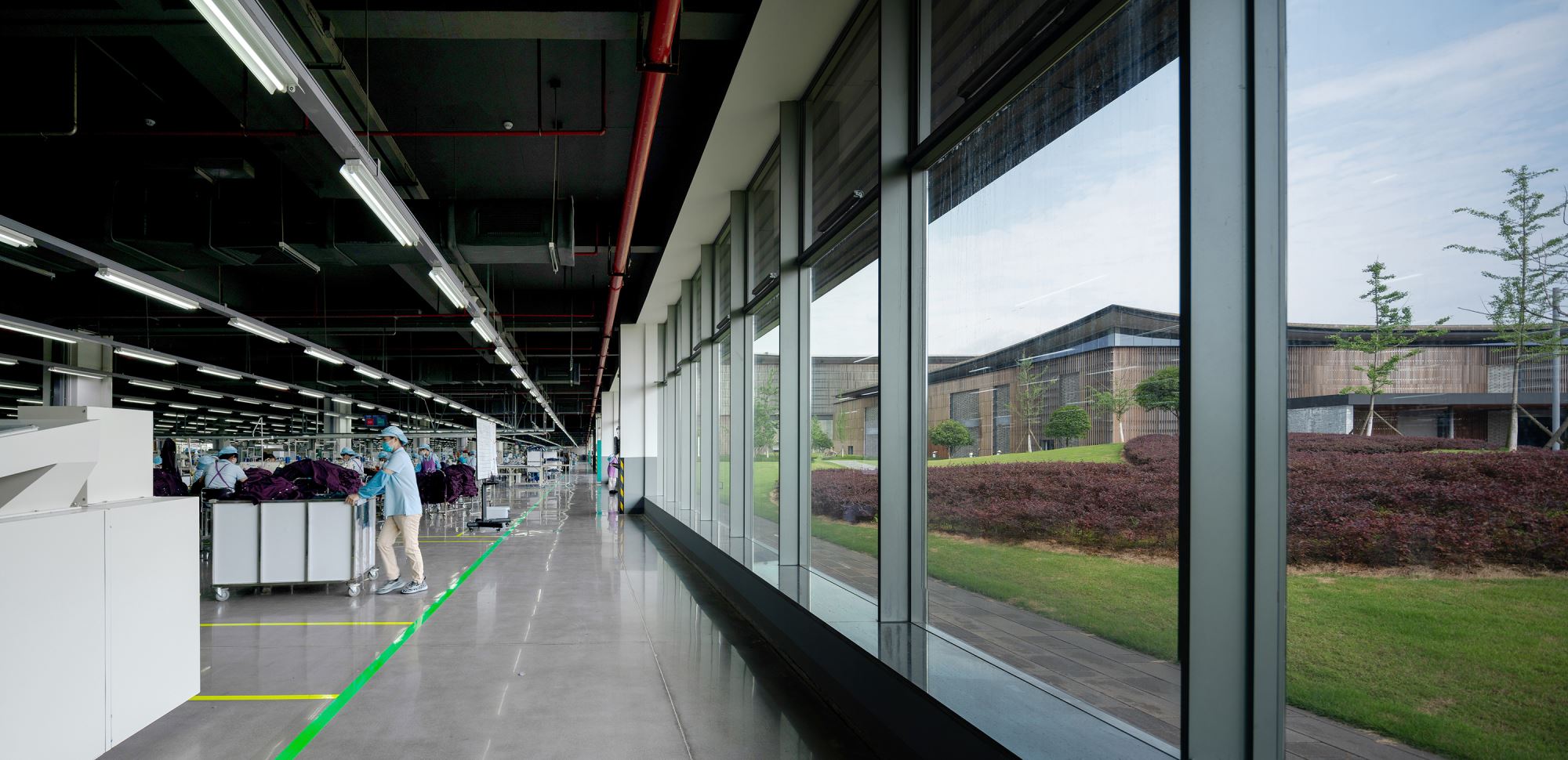

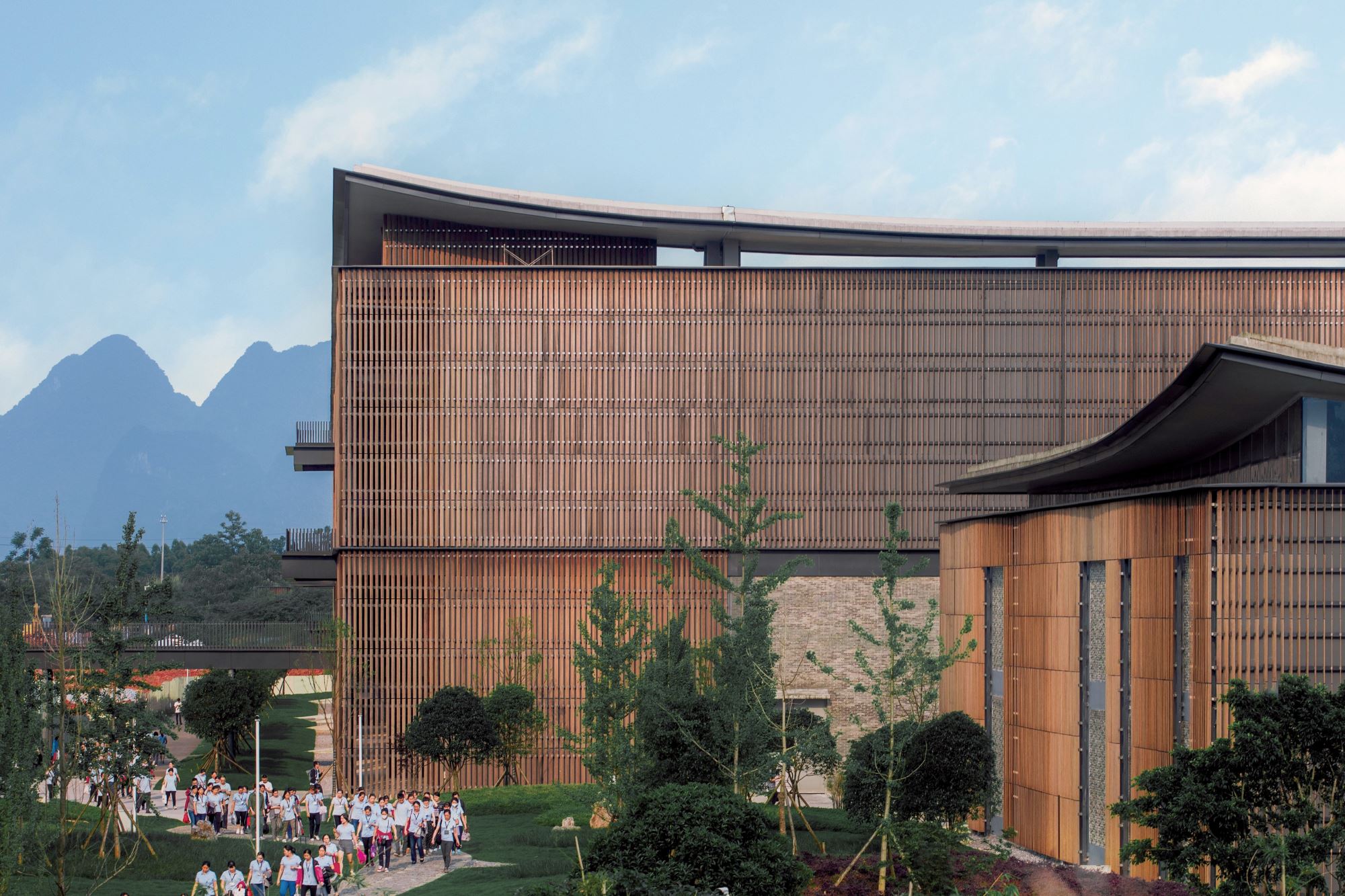
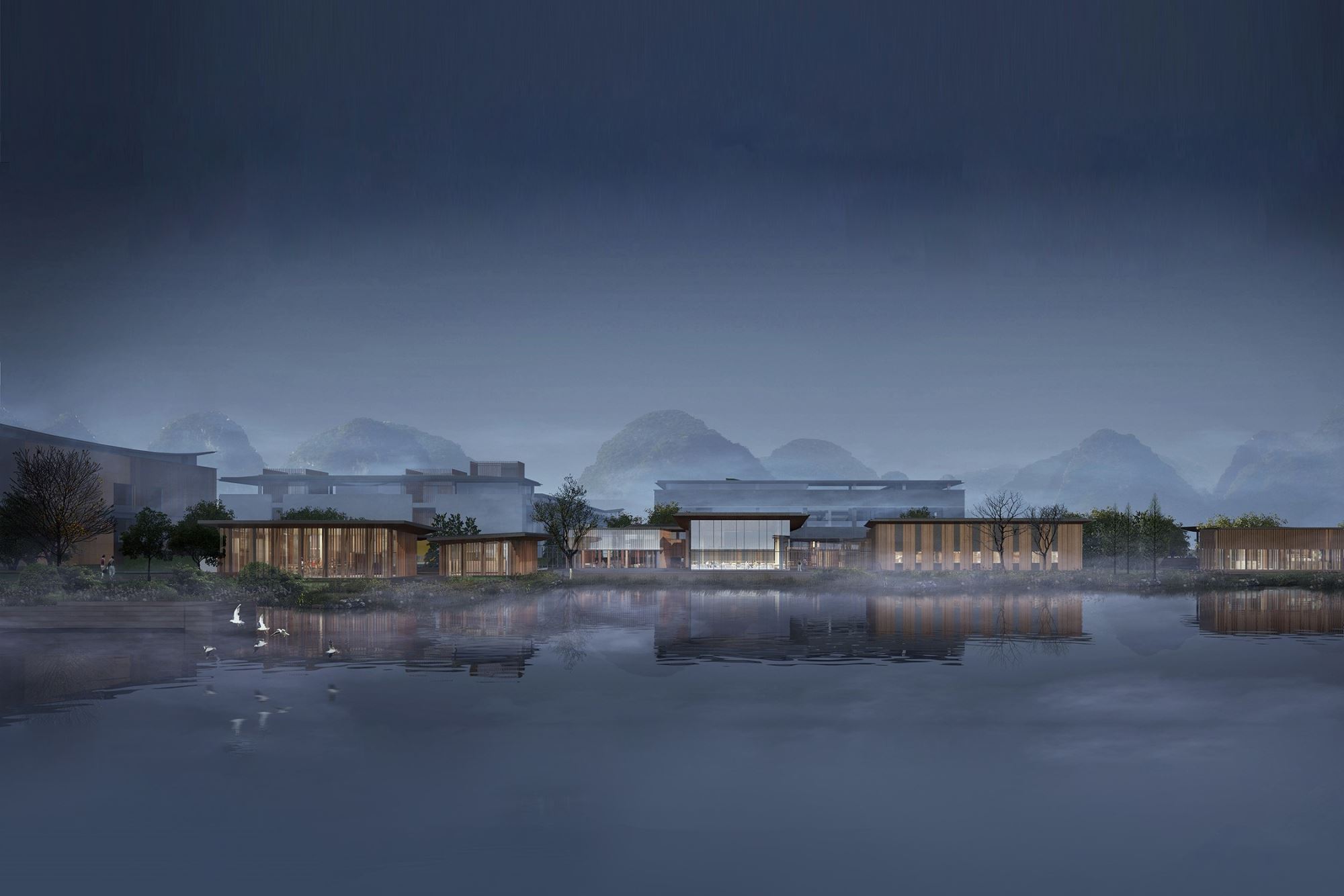
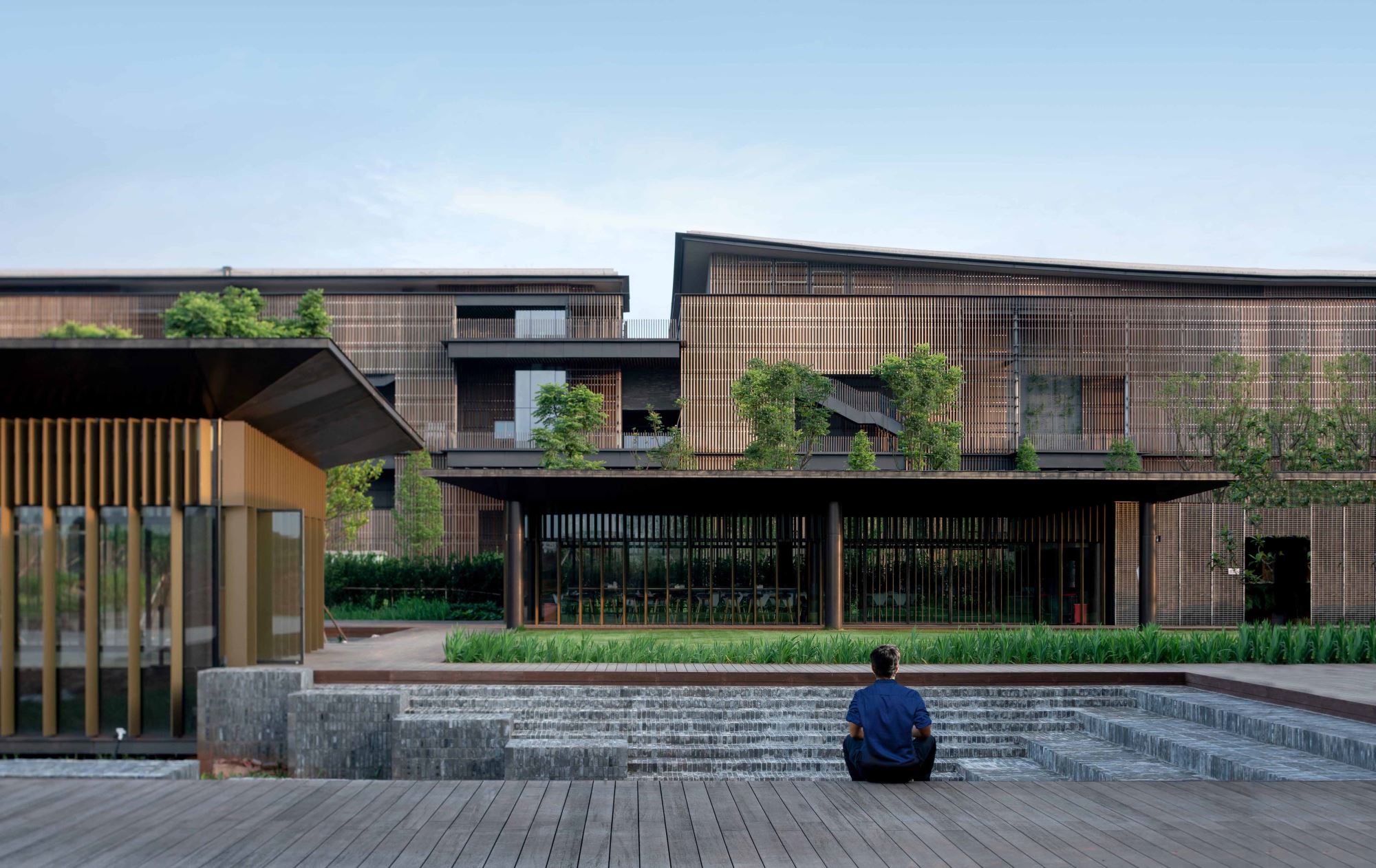




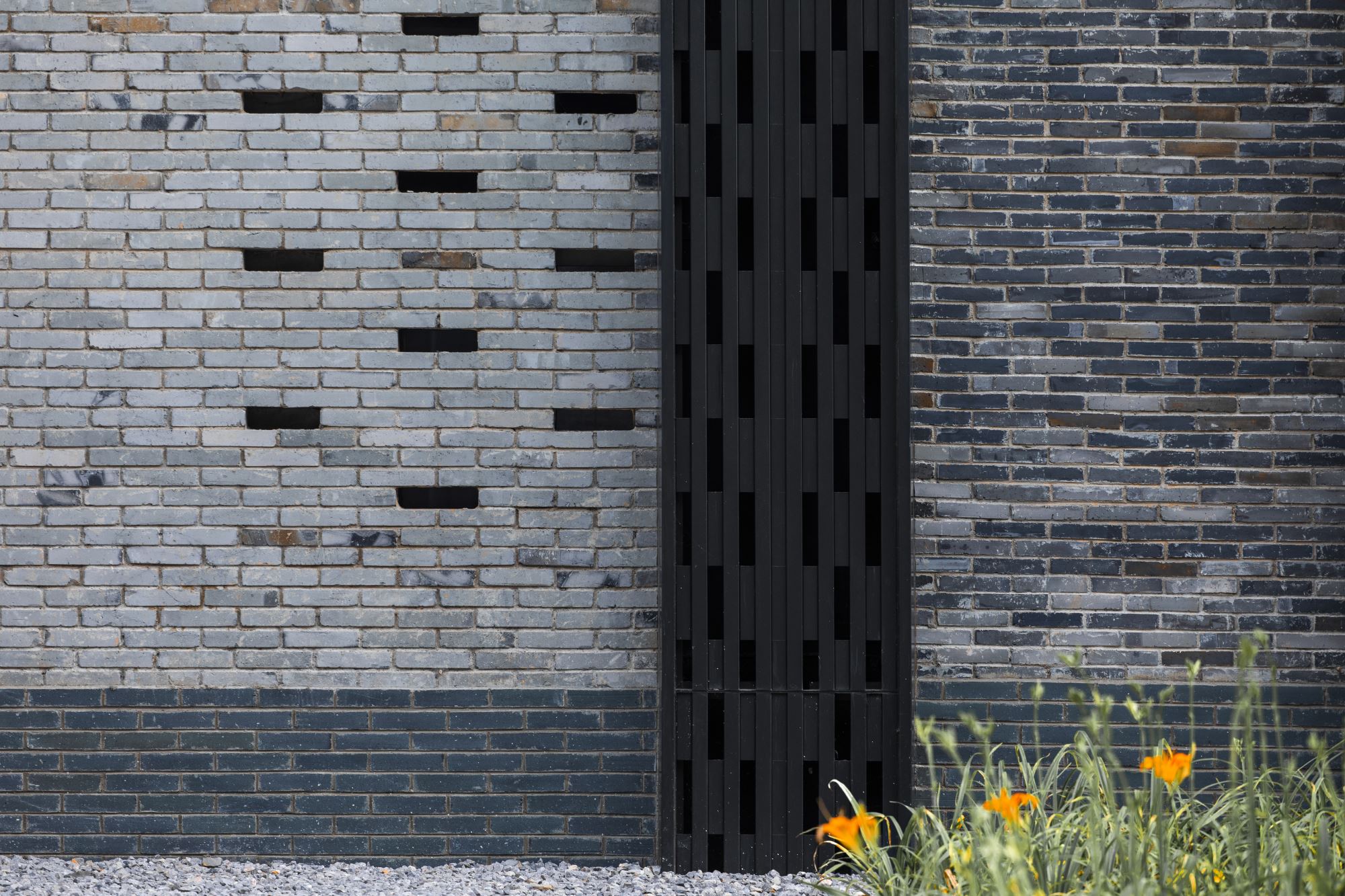
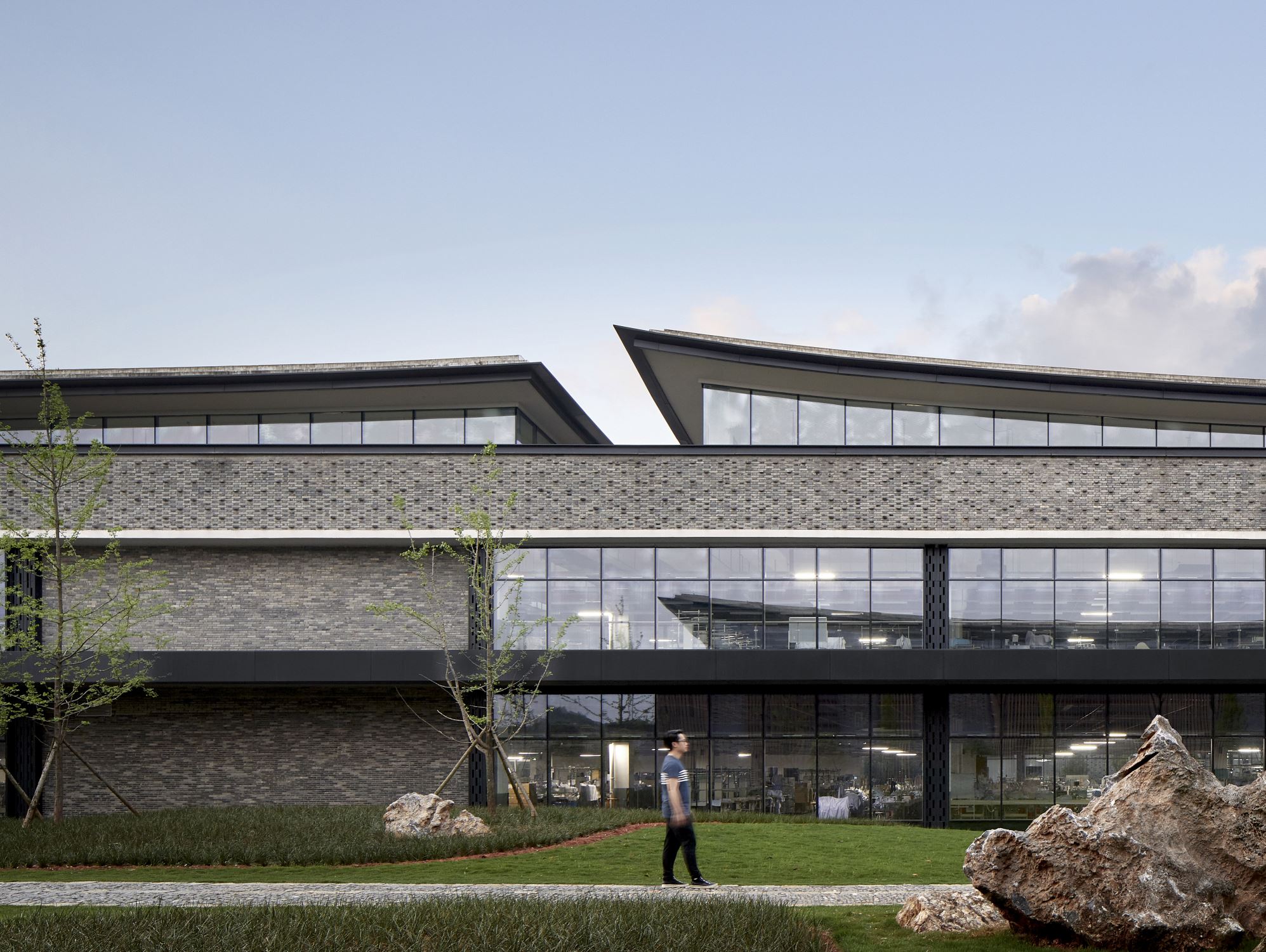



 loading......
loading......